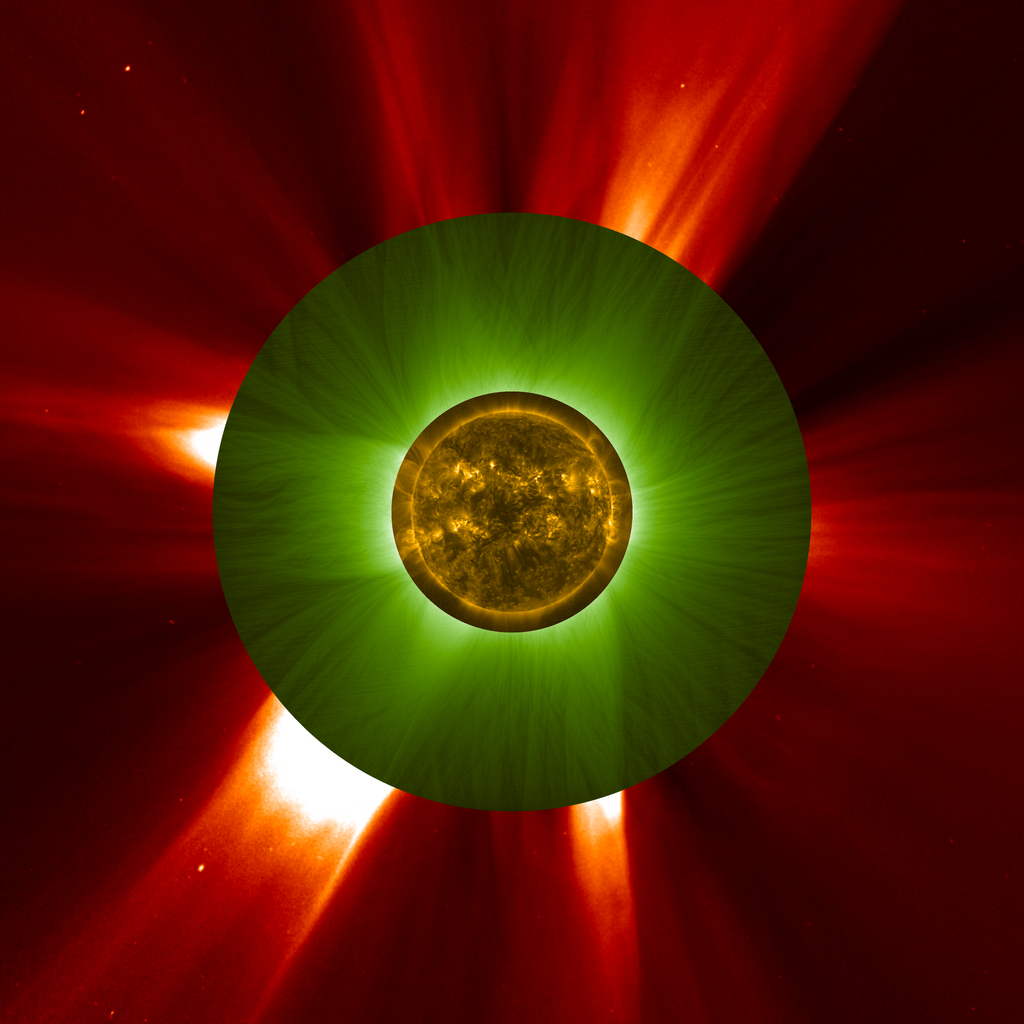The Monkey That Became a Medical Pioneer: How NASA’s Primates Helped Space Exploration
The journey to the stars has always been a dream for humanity, but behind the scenes, it was a group of unexpected pioneers – monkeys – who helped pave the way for space exploration. These intelligent creatures, with their curious eyes and agile movements, provided invaluable insights that made human space travel a reality. As ...













